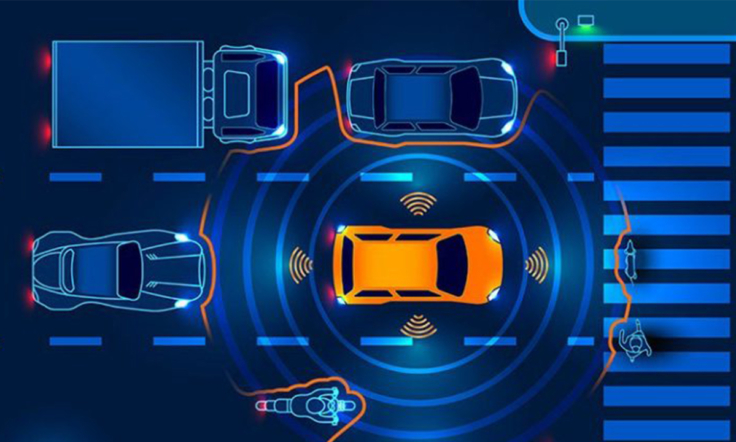
The standards have important role in highway network operations. Standards includes specifications and needs. Systems and equipment should work together (sometimes changeable) even those system and equipment coming from the rival companies. It must be well understood of different kind of ITS standards and their present developing stages to develop well ITS distribute strategy. It is significantly important to use accepted standards for communication protocols and data message sets. For example, standards are important when creating data exchange regulations between highway network operators and traffic management centres and traffic information providers. Standards ensure that information is accurately received and interpreted by different software systems.
ITS standardization programs are implemented in Europe, USA, and Japan to meet rising meet regarding to ITS standards. They are discussed via international standards institutions. These institutions have wide standard range from passenger information to vehicle safety systems. Many standards emerged from ITS development activities constitutes the basis of widespread distribution and support activities. Prototype development and field-testing help ensure standards are fit for purpose and ready for adoption. In some cases, standards, which will be mandatory by governments, are well developed to speed up the installation of ITS systems to increase the security and efficiency.
The goal of global harmonization around standards takes increasing support from governments and industries in some ITS applications such as satellite navigation and collaborative vehicle systems. While the automotive industry come together with digital map suppliers and mobile telecommunication and internet companies to handle the difficulties of faster moving technologies such as smart phone-vehicle integration, a series of government coordinates their positions regarding standards officially.
The changes in consumer expectations and technical developments brings the need of standards which admitting of developing and engage new ITS applications. Increasing vehicle connectivity levels and sustainability and focusing on “Green ITS”, create opportunities to optimize the transportation networks. For instance, the data obtained by crowded vehicle density can be used by network operator and user applications to inform the drivers about road and traffic conditions and alternative roots.
The vehicles able to create network with each other demands new technical solutions that supported by standards to provide fast, reliable V2X communications in critical situations about security.
(For V2X details, you can read our blog post https://www.odakarge.com/en/what-is-v2x-communication.html )
Automatic vehicles trusted well understood human interfaces and applications which are able to approved as secure and reliable to work in public highways. As transport solutions take advantage of the opportunities provided by the “Internet of Things”, more information interfaces need to be managed. Consumer devices such as smart phones which create interface with vehicle imaging systems and connecting to transportation information suppliers can be good example for that.
Growing ITS standards is a valuable source for increasing ITS establishments. Reviewing the generated standards can give an idea about new industry and technology developments and trends. Standardization may be related to part or all of a technical specification and operational guidelines.
ITS standards will continue to develop fast to keep up the new technologies and applications which are inside or outside of transportation community.





